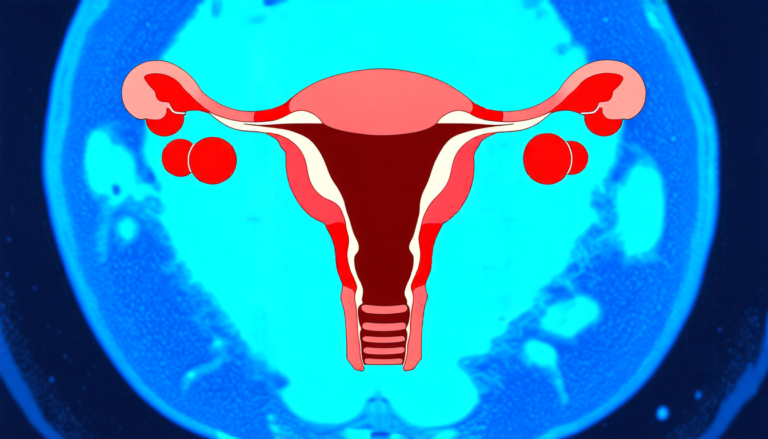Sunday 06 April 2025
The quest for efficient cache management has been a longstanding challenge in the world of computer science. With the ever-growing demand for data storage and retrieval, researchers have been exploring innovative strategies to optimize cache performance. A recent study sheds new light on this issue by presenting an algorithm that outperforms traditional approaches.
Zipf’s law, a phenomenon observed in the distribution of web objects, has long fascinated researchers. In essence, it suggests that a small proportion of popular items account for a significant portion of requests. This concept has far-reaching implications for cache management, as it highlights the importance of prioritizing frequently accessed data.
The study in question focuses on two frequency-based algorithms: LFU (Least Frequently Used) and PLFU (Perfect Least Frequently Used). Both methods aim to evict less popular objects from the cache, making room for more frequently requested items. However, their approaches differ significantly.
LFU relies on a simple yet effective strategy: it removes the least frequently used object whenever the cache becomes full. While this approach is straightforward, it can lead to suboptimal performance in scenarios where popularity distributions are skewed.
PLFU, on the other hand, takes a more sophisticated approach. It employs an admission policy, which allows only a select few objects to enter the cache. This strategy enables PLFU to adapt to changing request patterns and optimize cache performance.
The researchers evaluated both algorithms using real-world data and Zipf’s law-inspired distributions. Their findings reveal that PLFU consistently outperforms LFU in terms of cache hit ratio and total CPU execution time. Moreover, the study demonstrates that a smaller cache size can be beneficial, as it reduces the overhead associated with metadata generation.
The implications of this research are significant. In Content Delivery Networks (CDNs), for instance, the selection of cache sizes is crucial. By exploiting the benefits of PLFU, CDNs can optimize their performance and reduce energy consumption.
Furthermore, this study highlights the importance of considering popularity distributions when designing cache management algorithms. By taking into account the skewed nature of web object requests, researchers can develop more effective strategies that cater to real-world scenarios.
In essence, this research represents a step forward in the pursuit of efficient cache management. As data storage and retrieval demands continue to grow, innovative approaches like PLFU will play a vital role in optimizing performance and reducing energy consumption.
Cite this article: “Cacheing Conundrums: A Study on Energy-Efficient Cache Eviction Algorithms for Zipf-Distributed Objects”, The Science Archive, 2025.
Cache Management, Frequency-Based Algorithms, Least Frequently Used, Perfect Least Frequently Used, Zipf’S Law, Content Delivery Networks, Cpu Execution Time, Cache Hit Ratio, Metadata Generation, Energy Consumption







